This is the third in a series of articles targeted towards potential home buyers looking at building a custom home and the topics or questions they might face. Read the second article about Selecting a Custom Home Lot – Part One. While these articles will focus on the typical issues of building a custom home in the Tucson, Arizona metropolitan area, many of the issues may well be similar throughout the state and other parts of the country.
Part One of Selecting a Custom Home Lot was originally meant to offer a brief description of all the main considerations when selecting a custom homesite in one article. However, even when trying to keep the description of each point brief it quickly became evident that the post was simply getting a bit too long. That just goes to show how many considerations there are to consider when buyer a custom lot. Here are some more…
The Availability of Utilities Varies
When that seemingly perfect lot comes along don’t forget to check the basics! Unlike production home subdivisions which almost always have all utilities to them, custom home lots many times don’t have all utilities on site. Electricity is almost always present unless you’re talking about a really remote area. In those rare cases in which it’s not to the lot line you’ll want to consider the feasibility & expense of running it from the nearest access point. Tucson Electric Power Company usually provides a 500 foot line extension allowance from an existing facility of proper voltage at no charge if the proper access and/or easements are available and in place.
Take note that our Tucson MLS detail sheets for lots have a specific category for the distance to various utilities so this is a good starting point for getting utility information. However, while these detail sheets are accurate in most cases, the information is NOT guaranteed (as it says at the bottom in the fine print). Therefore it’s worthwhile as a buyer to verify all of the information contained within the MLS listing, even by calling the utility companies themselves.
Phone connections are another fairly common utility that many lots will have access to at the lot line. It’s pretty rare to come across a lot in greater Tucson that doesn’t have phone availability. Cable on the other hand is quite a bit more hit and miss. While most custom home subdivisions provide access, many of the outlying area lots do not. Cable has become a bigger issue to most people in our digital age primarily for its high speed internet access. While DSL can be sourced from phone companies or through satellite, the speeds of these services (keeping in mind that outlying areas are on older phone line systems which don’t typically support the highest DSL speeds) fall short of high speed cable. Satellite TV via Dish or Direct TV is usually sufficient for most television needs, and cell phones largely have replaced home phones so it’s the Internet that’s the biggest concern of our clients. One additional note for cell phones though is be sure to test your reception at these lots, particularly if you’re looking in an outlying area or around mountains and canyons.
Water and sewer connections are the two other utilities that many lots in outlying areas may not have to the lot line. Each of these topics will receive their own individual articles so we’ll keep it brief here. Water is obviously an important issue and one that especially in the Southwest is always a hot topic. Some custom lots are on wells (whether private or shared), but not every well produces sufficient water either. We’ve run across numerous lots where owners have had to truck in water, at least occasionally. That can get expensive and is quite inconvenient too. Drilling for a well is also something that can be very expensive.
In contrast to water, sewer connections aren’t quite as big of an issue. While a sewer connection is certainly the preference for most buyers, septic and alternative systems do exist at a fairly reasonable cost. Of all the major utilities sewer is probably the least common to not be at a lot line, so you’ll find many lots on septic. This is especially true once again for outlying lots but also for more central lots that have more acreage. Even some developer built subdivisions will omit sewer if they’re on larger lots because the expense is pretty substantial for a developer when a suitable, fairly inexpensive alternative exists with septic.
Don’t Get Washed Away – Knowing Flood Plains
Another consideration when looking at vacant land, just like in homes, is to consider drainage issues and flood plains in particular. Listings often have categories listing whether a property is within a flood plain but as the disclaimer at the bottom says, information is deemed accurate but not guaranteed. Verify this information yourself! Having a wash or flood plain on part of the property may not be too problematic or a deal breaker. Simply determine if the property will need flood insurance, which can be expensive at times, and know that legislation regarding the cost or flood plain boundaries can change. While FEMA flood plains are what people most commonly check out, there may also be local flood plains that are worth investigating too. More common than flood plains are washes on a property which may have areas deemed 100-year flood prone. Again, these aren’t at all automatic deal killers but can impact where a home will be built. Sometimes these 100-year flood areas can be re-routed, but check with local municipalities in conjunction with a builder/architect to make this determination. While Tucson is often very dry for most of the year, it’s amazing how quickly water can accumulate in some washes during monsoon season if a heavy rain comes through.
Public Reports Can Be a Wealth of Information
Developers in the State of Arizona are required to file a “Public Report” that contains information deemed important to disclose to prospective buyers by the Department of Real Estate. A developer, or subdivider, in this context is anyone who offers for sale six or more lots in a subdivision. The buyer who’s making an offer on a property will have to sign a receipt of this public report as a condition of the sale. This public report is essentially in lieu of a Seller Property Disclosure Statement (SPDS) that would typically be provided to a buyer on a resale home or lot. Just like a SPDS though, keep in mind that a buyer should verify the information in the public report for accuracy. The Department of Real Estate doesn’t verify the information provided by a subdivider and sometimes the information is simply out of date. While the seller should provide the public report, they are also available for review online at the Arizona Department of Real Estate’s website here: Public Report Database Search.
Among the many topics covered in the public report are:
- Flooding and drainage disclosure
- A description of adjacent land and uses
- Who provides electricity, telephone, gas, water, and sewage disposal
- Common community and recreation facilities
- Assurances for completion of improvements
- Local services and facilities, including schools, shopping facilities, public transportation, medical facilities, fire protection, ambulance service, police protection, and garbage services
- Taxes and assessments (keep in mind property taxes on vacant land increase after a home is built. It’s a good idea to check other homes within a community to see their taxes for a general comparison of what they could become.)
- Property owners’ association details
Affidavits of Disclosure
When a property is located in an unincorporated area of a county, other than subdivided land, and the seller owns five or fewer parcels, an Affidavit of Disclosure will be required to be provided to a buyer at least seven days before the transfer of property. This is another instrument similar to the public report providing various disclosures to the buyer. Upon receipt of the Affidavit of Disclosure a buyer has five days to review and rescind the transaction if they disapprove of any information provided. Among the topics covered in the Affidavit of Disclosure are:
- Is there legal & physical access to the property
- Who is responsible for maintenance of the roads and if a maintenance agreement is in place
- If the property is within a FEMA designated floodplain
- What utilities are available to the property, including water/well info & sewer/septic info
- If the property is located in the vicinity of an airport or military airport
Buyer Advisory – A MUST Read
All buyers of either vacant land or homes in Arizona should absolutely utilize the Buyer Advisory that’s available from the Arizona Association of Realtors and Arizona Department of Real Estate. While all of the items listed in the buyer advisory may not be applicable to land, there are great links to a wide variety of resources to investigate a property. Please look carefully at this document at least during an inspection period of a property, if not before making an offer, to look up any information that’s important to you.
Price/Market Trend/Offer Considerations
Finally, do your research on comparable sales around the parcel that you’re looking at. No two properties are the same, but getting an idea of other sales that have occurred of reasonable similar properties is crucial to understanding what a fair market value is for the land you’re looking to purchase. Then you can make some reasonable adjustments for either superior or inferior views, size, usable space, and other amenities of the lot. Also knowing the recent trends for land sales can determine whether you’re in a buyer or seller market and how many lots are currently available.
As of this writing in Tucson for instance there is an overabundance of lots on the market and relatively weak demand, creating higher months of inventory on the market. This creates a buyer’s market where a list price may be more flexible. Now if a lot has already been substantially reduced or is in a specific area that has limited supply this may not hold true. Likewise, if a property is just incredibly desirable it could go more quickly and be less prone to price flexibility. All of this is something that Team Woodall can help you determine before making an offer. Consider at the very least also asking for a boundary survey or full ALTA survey in the offer terms to determine the boundaries and suitability of the lot for your building needs. Having an agent who’s intimately familiar again with the different vacant land contract is crucial to a successful offer and purchase.
Next up in our series of articles on custom home building will be: Hiring an Architect & Builder.

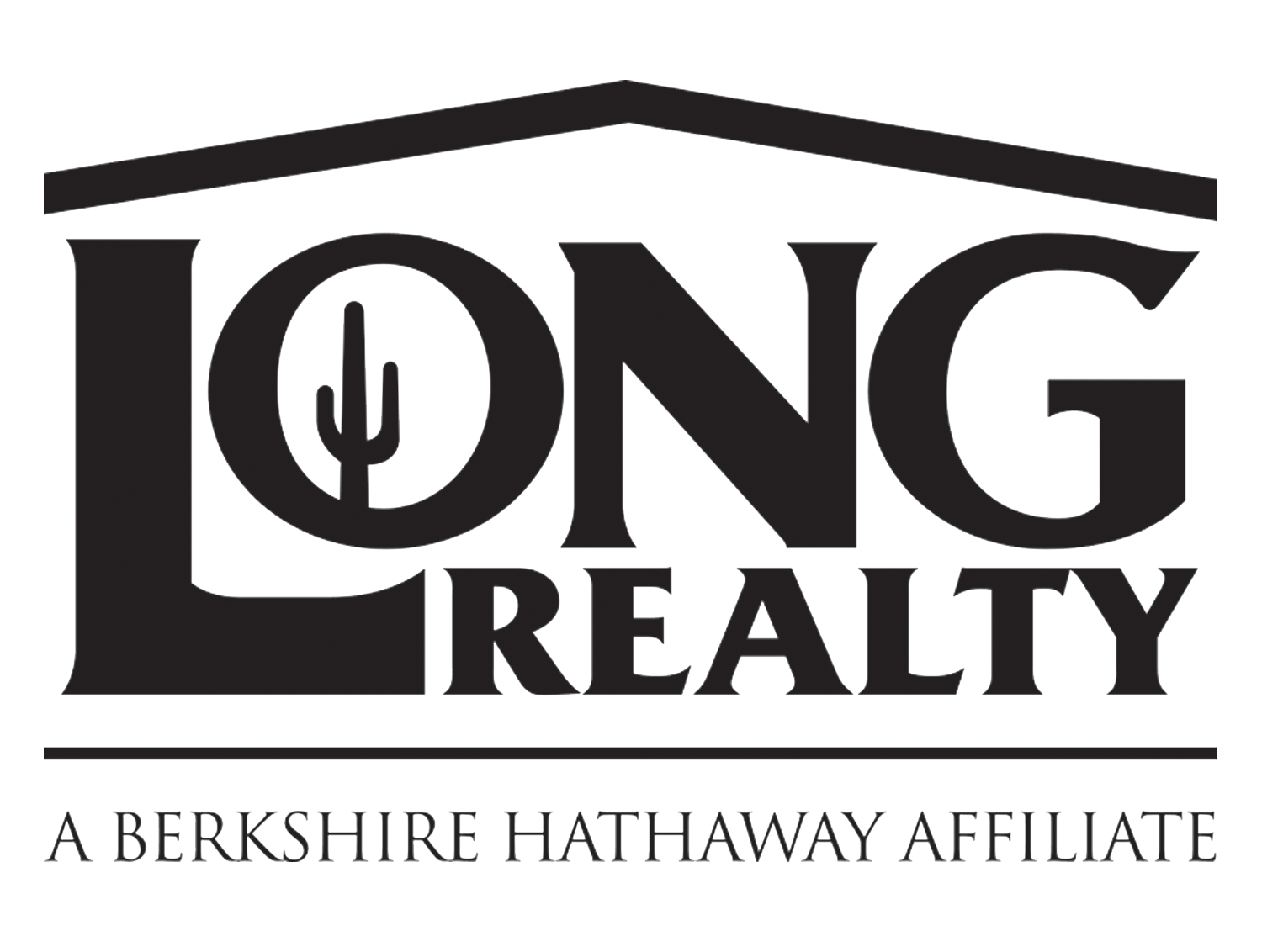

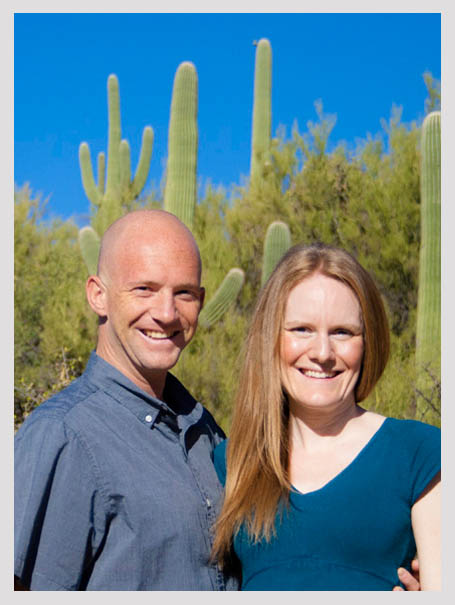
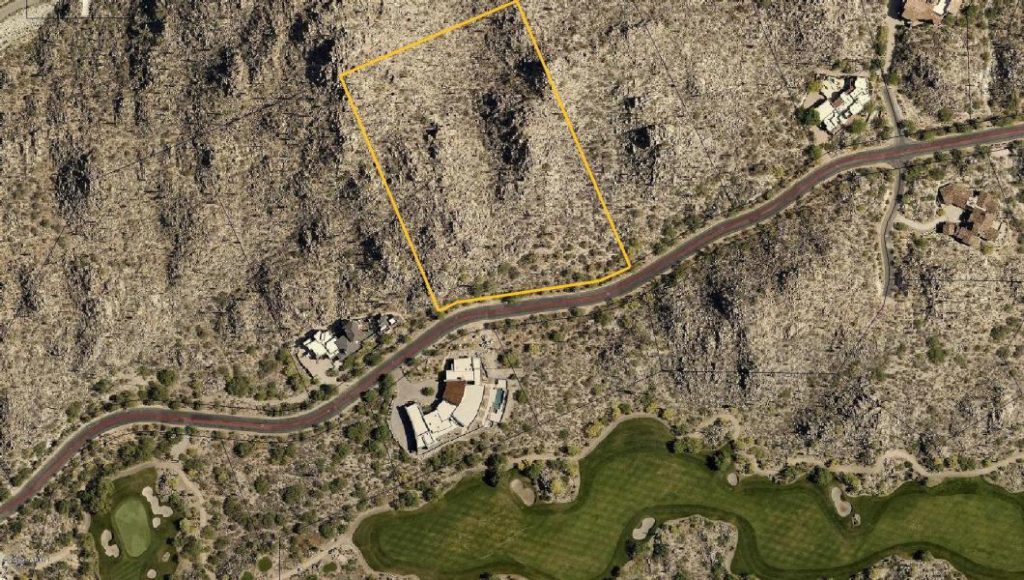
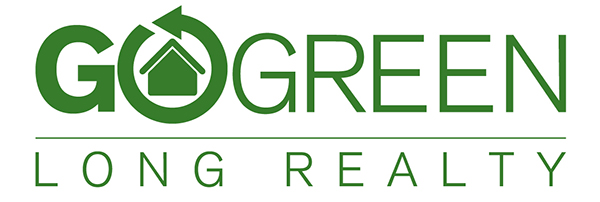

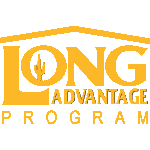
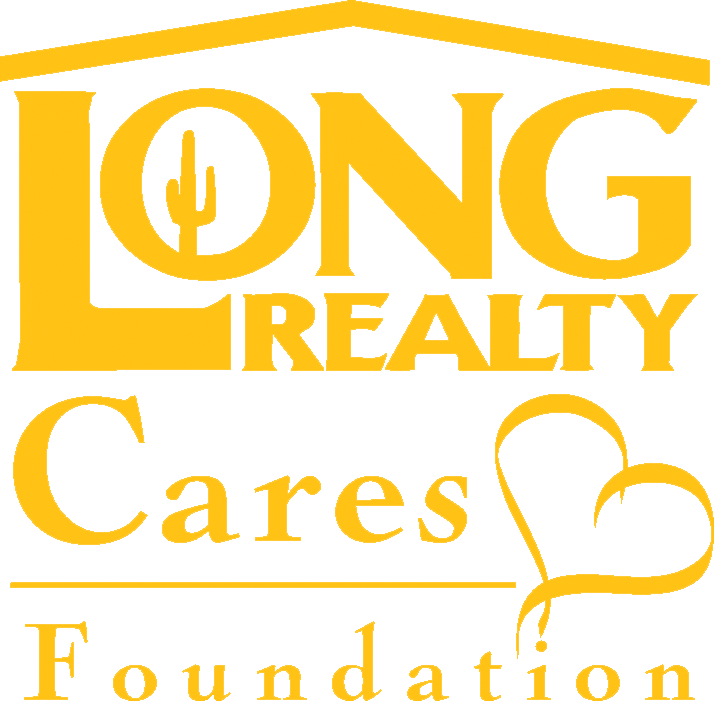
Connect With Us!